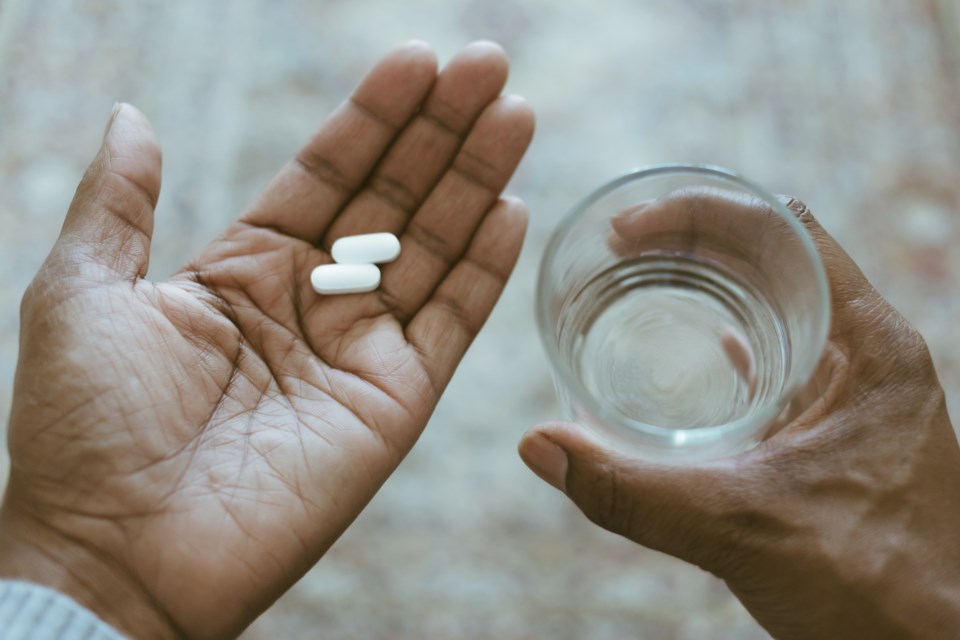For many, taking pills whether for a nasty migraine or for a prescription, is part of daily life.
The most common way to take them is by swallowing the medication; however, this is also one of the most complex routes for an active pharmaceutical ingredient to enter the system. It is dependent on factors such as stomach contents, gastric fluid dynamics and posture.
According to a new study published the the journal Physics of Fluids, your posture and body positioning when taking a pill can have notable impacts on how fast the pill dissolves and when you feel the effects.
“The findings were somewhat of a surprise for us,” said Rajat Mittal, a Johns Hopkins engineer and computational fluid dynamicist. “The degree of difference that we found in these different postures was certainly something that we did not expect.”
The study showed that the most effective way to position yourself is lying down on your right side. This has a dissolution rate of roughly 2.3 times faster than if in an upright position or lying flat on your back.
On average a pill will take 10 minutes to dissolve in the right-side position.
They showed that this right-side position sends the pill directly to the deepest or last part of the stomach called the antrum. Most pills do not start working until they enter the intestine. The faster the pill dissolves, the faster it will be ejected into the duodenum, the first part of the small intestine.
Posture and body positioning work to help this process through gravity and the natural asymmetry of the stomach, according to the researchers.
The next best position is upright, whether seated or standing, with a 23-minute dissolution time, and lying on your back comes in as a close third.
The study also shows that lying down on your left side is the most ineffective way to absorb a pill into your system. A pill can take up to 100 minutes to dissolve. However, for some feeling the effects of medication immediately is not a priority such as when taking time release pills.
Mittal comes from an aerospace background where in silico, or computational models, are frequently used. Rather than use living test subjects or the in vitro model, which uses a test tube or petri dish, the researchers were able to control for different variables.
“The beauty of these in silico models basically allows us to overcome and kind of eliminate all of those complications from our ability to study these complex conditions,” he said.
The next step in the research will be to understand how conditions like gastroparesis affect pill dissolution, if the shape of a pill impacts its dissolution rate in the stomach, and also how to further understand digestion and the mixing of foods in the stomach.
“One other direction that we are going to be taking in the next couple of years, that is very exciting for us, is modelling the effects of surgery, stomach surgery on various outcomes, both in terms of food digestion, and dissolution and other things,” Mittal said.



